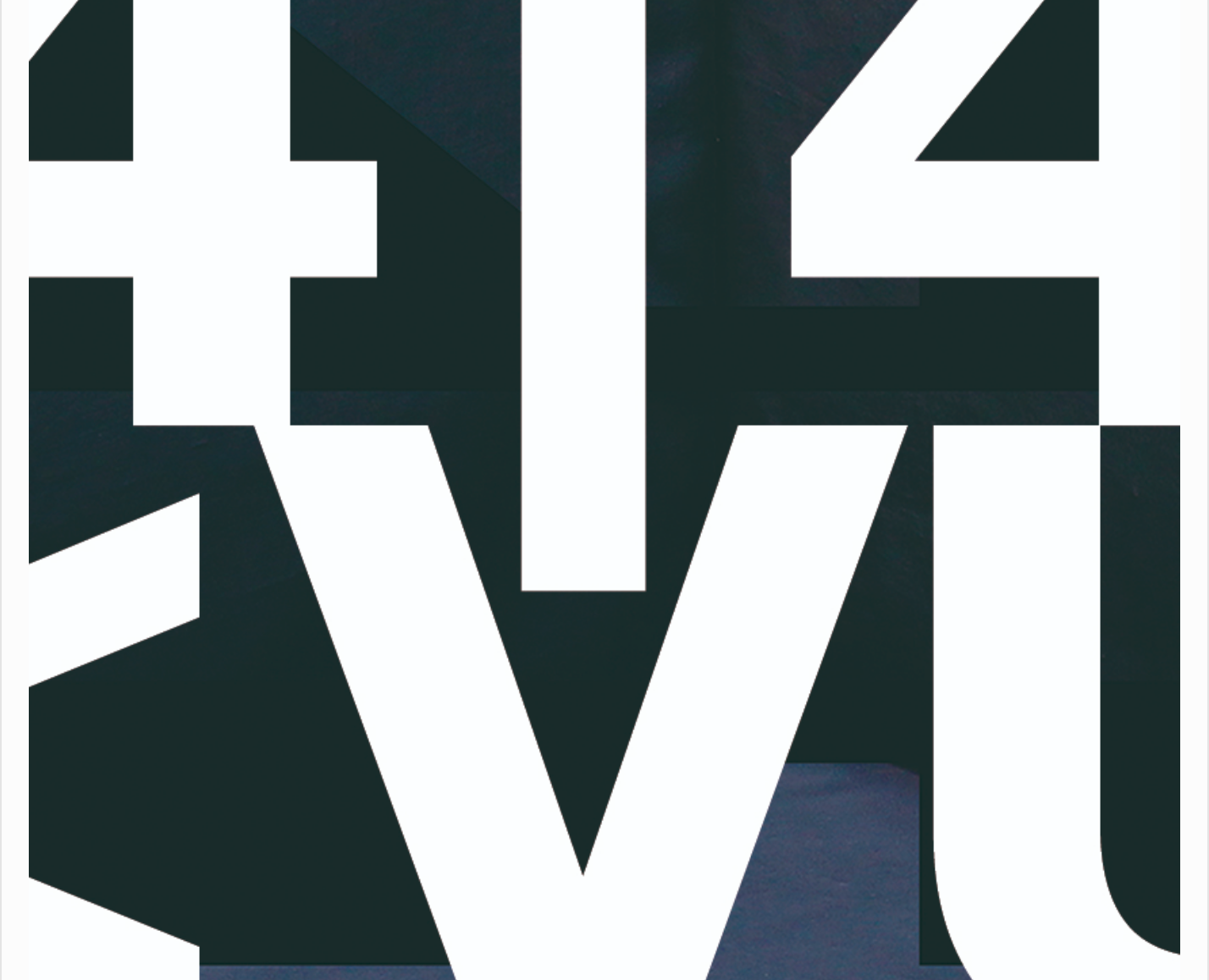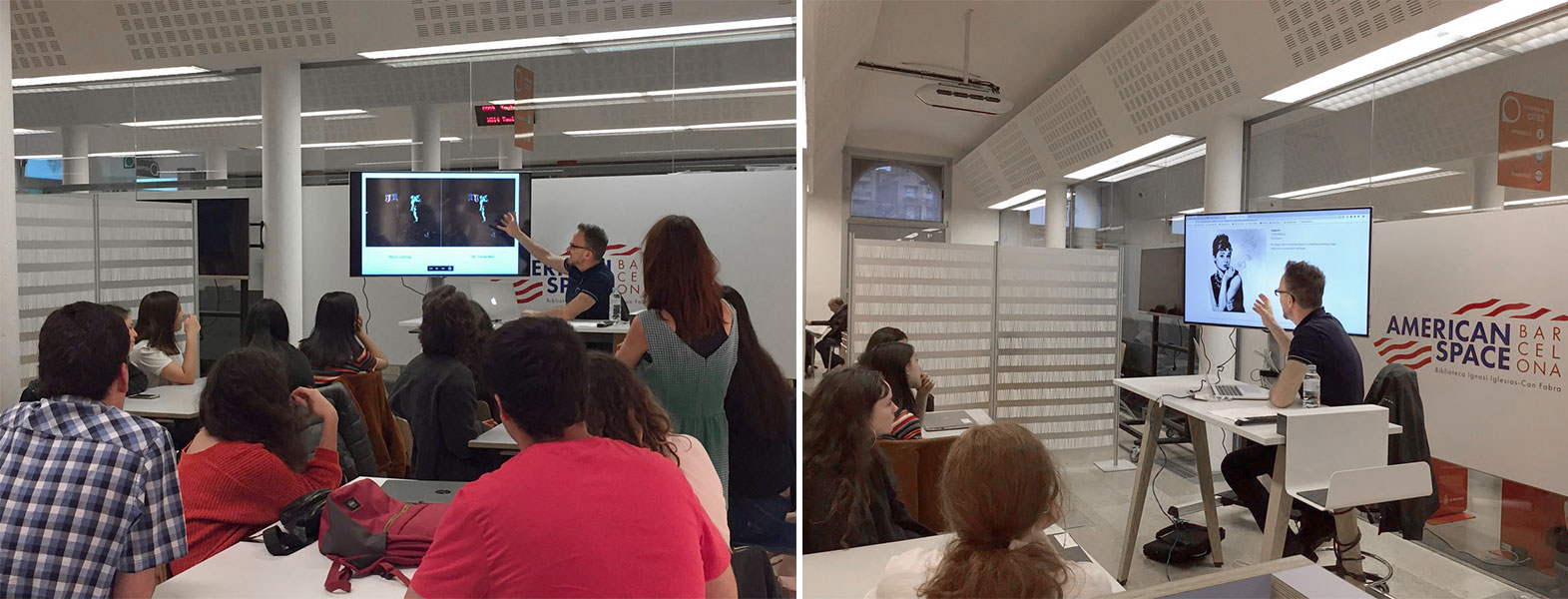A Few Features of My Art Criticism Course:
• Intensive study of art theory + criticism
The students begin the course by studying, reporting on, and discussing in a seminar forum a sampling of key twentieth-century voices in the discipline. These voices range from Clement Greenberg, Harold Rosenberg, Michael Fried, and Leo Steinberg to Joseph Kosuth, Rosalind Krauss, Lucy Lippard, Douglas Crimp, among others. During the second half of the course, the students turn to selected essays and interviews currently published in major journals on contemporary art: Artforum, Art Monthly, Bidoun, Bomb, e-flux, Frieze, Modern Painters, Mousse, and SFAQ, to name a few. To guide the study of both sets of readings, small teams of three students are assembled to distill each text’s basic argument and to stage and facilitate a class discussion with relevant background information and interpretive questions.
• Intertextuality + discussion
Beyond an engagement with the main argument of each text, the classroom discussions give special attention to the intertextual nature of these writings and to the cross-fertilizing yet often contentious dialogue between art and art criticism implied by each text. At this level, the ongoing classroom conversation that takes place over the fourteen weeks of the semester aims to construct a flexible network of themes, ideas, vocabularies, and frameworks that can distinguish how each individual piece of art criticism speaks within a shifting cultural exchange on art and its contemporary relevance.
• Weekly group site visits
To complement their traditional academic study of art criticism, the students venture out in study groups every week to Bay Area art galleries, museums, and other cultural centers to research the organizational mission, history, and design of these exhibit venues while highlighting one exhibit or artist within the venue’s current programming. The study groups then meet to prepare a presentation of their field work, which they deliver in a subsequent class session with the aim of prompting discussion and reflection back on the ongoing conversation about course readings.
• Writing craft
Throughout the semester, the students focus attention on the craft of writing art criticism guided by the process of group critique and by their reading of Gilda Williams’ text, How to Write About Contemporary Art. To materialize their process, students submit weekly entries from a journal notebook they keep throughout the term, in which they enter art-critical drafts, notes and reflections on class discussions and readings, observations on art and art venues, and experiments with ideas, sketches, and writing. For the term each student submits two finished works of art criticism that are workshopped extensively through individual and group peer critiques. These works are submitted for consideration to be published in the annual art[crit student journal. The best works are submitted for campus-wide writing competition.
• Internships
Following each term interested students seek internships with arts organizations, working in the curatorial and publications departments. Students are encouraged to start blogs on contemporary art and to develop relationships with local galleries and museums.





















![[Image from the unpublished manuscript]](https://images.squarespace-cdn.com/content/v1/59bacc689f8dce7ac058829b/1556800950417-S3D03GSN79GINOYXEWVL/puigcollab.jpg)




